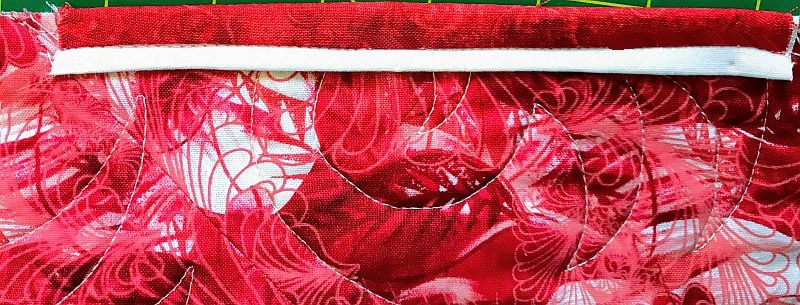How to Add a Faux Piped Binding to Your Quilt
Do you remember the Swing Your Partner Quilt that I made a few months ago? I did a Snail Trail block tutorial here. The pattern was picked up by Connecting Threads (you can see a picture below.) If you like that quilt, you can purchase the pattern here. I did make a sample and…
